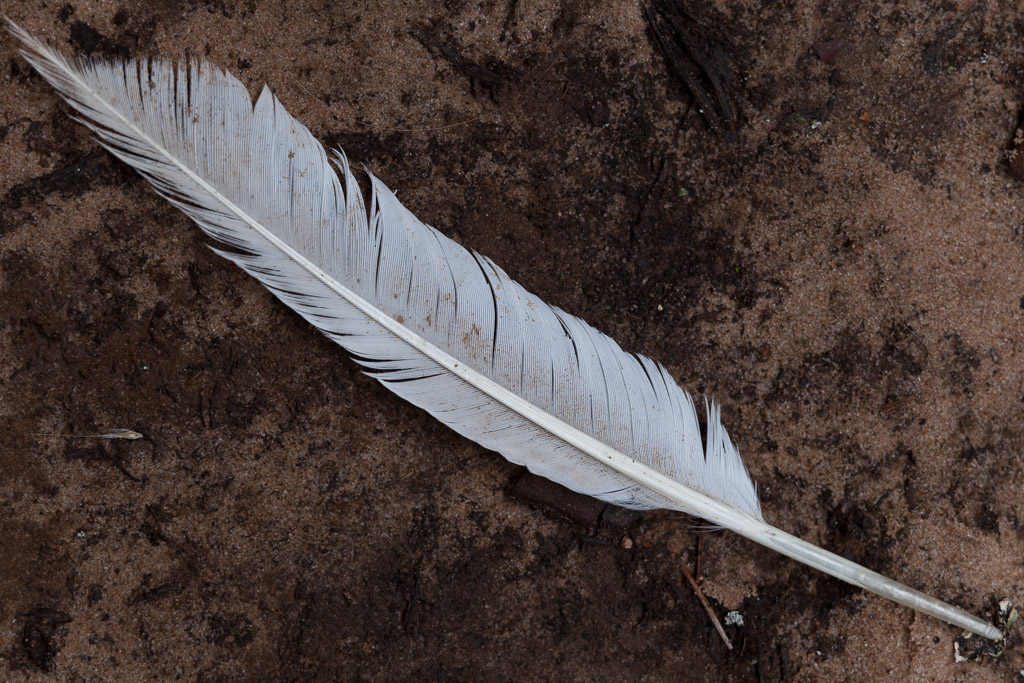
The other day I read a post in which the author had expressed a strong desire to get into macro photography and asked for recommendations regarding the best lenses for this kind of work. My recommendation was to purchase a set of extension tubes. These tubes fit between the lens and the camera body and essentially make any lens a macro lens. Do you have a 50mm fixed length lens? Add an extension tube, and you now have a 50mm macro lens. Have a 70-200mm zoom lens? Adding an extension tube makes that a 70-200mm macro zoom lens. Have a 400mm telephoto lens? Add an extension tube and, voila, a 400mm macro lens. Extension tubes are lighter than a lens, so they add practically no weight to your equipment bag.
Extension tubes are also far less expensive than conventional macro lenses. For example, I use a set of Kenko extension tubes that came in a set of three – a 12mm tube, a 20mm tube, and a 36mm tube. I can use each tube separately or in combination to get different level of magnification. I ordered this set of tubes online for $199 at B&H Photo. Their least expensive Canon macro lens, a 50mm f/2.5 compact macro lens, sells for $299. For that extra $100, all you get is a macro lens with a single 50mm focal length. With my extension tubes, I have incredible focal length flexibility I just wouldn’t get from having a set of macro lenses.
I also provided some advice to the author: if you want to maximize depth of field (and, in most cases, you do), be sure to (1) use the smallest aperture on the lens, (2) focus carefully on the most important part of the subject, (3) try to keep the back of the camera as parallel as possible to your subject, and (4) use a tripod because any camera movement at all will be very noticeable. If any of these areas is ignored or forgotten, depth of field will be diminished, and image quality will probably suffer.
The image of the feather, above, is a good example of that. I was fascinated with the stark contrast of this pure white feather against the dark ground and wanted to capture that contrast. I originally just photographed the feather, but the image didn’t have any impact because the feather was too small in the frame. The answer for that was to attach my 36mm extension tube to my 70-200mm lens. I mounted the camera, extension tube, and lens to my tripod, made sure the back of the camera was parallel to the feather, and manually focused on the feather to ensure it was tack sharp. I then snapped the image and called it a day.
I went home and reviewed my pictures. When I got to this image and enlarged it on my computer, I discovered something very unfortunate. If you look at the end of the feather in the upper left corner, you will notice it is out of focus. How could this happen? Didn’t I do everything I was supposed to do? Well, not really.
A popular saying in the U. S. Navy SEALs is “Attention to detail,” and one of the details I did not pay attention to was the aperture. The smallest aperture on the lens is f/32. But in my excitement to make the picture, I didn’t notice that the aperture was actually set at f/5.6, and this setting just does not have enough depth of field to maintain the feather’s sharpness throughout the frame. Because of that one mistake, that lack of attention to detail, this image is destined for the recycle bin.
Settings: Canon 5D Mk II, 160mm with 36mm extension tube, 1/6 sec, f/5.6
I have the feeling the author with desires to try macro photography that you mentioned is me, haha! Am I right? 😉
I really appreciate that you took the time to give out all this information, it is invaluable! Your post convinced me to purchase an extension tubes and start experimenting with it. Thank you so much!
The picture of the feather is amazing, I’m a big fan of the contrast between the subject and the dark background. I wouldn’t have noticed that the upper part is out of focus if you didn’t mention it. It is so cool that you explained the process you followed to take this picture, it really helps me improve my photography skills.
Thank you for your kind comments. You are correct! Your post gave me the idea for this one, and your enthusiasm and spirit are inspiring me to try things that are outside my comfort zone. I hope my experience with the feather will help you with your photography endeavors. And, please feel free to contact me with any questions you may have as you continue on your photographic journey.
I will, definitely. You are so talented, and I really appreciate that you’re willing to share your photography wisdom 🙂